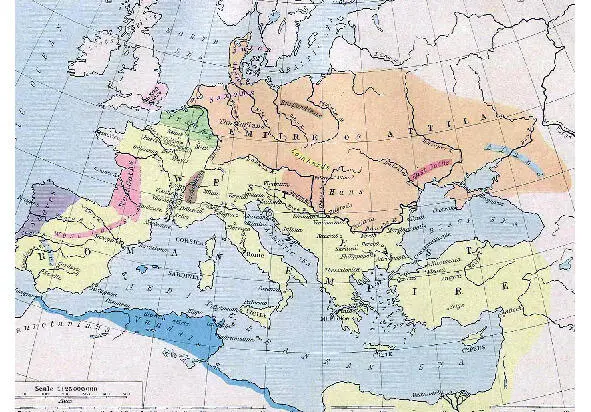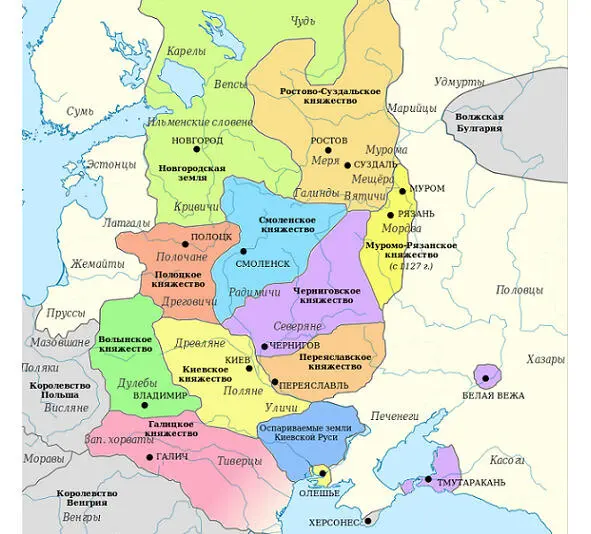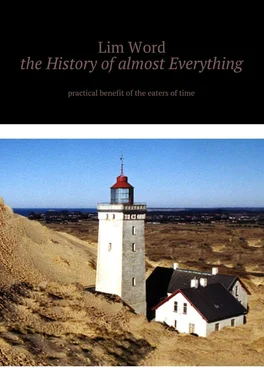The capital of the new state of Turan (lit. – “Unification of the tribes”) is Samarkand.
Tamerlan continues his campaigns and, by 1384, captures almost all of Persia. In the North, in the struggle of the Blue, White, Golden Hordes, he supports the Khan Tokhtamysh, however, he, having strengthened, takes a very hostile attitude towards his patron. For some time, Timur rushes between the still not conquered western Persia and the Golden Horde, on the Irtysh and the Volga, smashing enemies in 1389. Since 1392, a new large-scale expansion follows. Tamerlan’s troops are stormed by Baghdad, occupy Persia, fall on the Transcaucasus. In the Daryal Gorge – “Gateway of the Caucasus”, constrained by rocks, the soldiers of Timur are defeated. Iron Chromete abandons this direction, for the third time it breaks the army of Tokhtamysh, now on the Terek River, pursuing the enemy, it invades Ryazan and reaches the present Tula region. However, on August 26, 1395, for an unknown reason, Timur turns back.
The Russian lands, thoroughly ruined thirteen years ago by Tokhtamysh, are not the primary goal of the Great Emir. In the book of his victories “Zafar-name”, Moscow was also noted, but perhaps it is only a sign that the city sent the appropriate gifts in time.
Timur captures, destroys the city of Tana (Azov), Saray-Batu, Astrakhan, Kafu (Theodosia) and, in 1396 returns to Samarkand. After resting for two years, he goes to India, where he captures Delhi, executes “one hundred thousand prisoners of Indian soldiers” just in case, reaches the banks of the Ganges and, without establishing, in effect, his strong power, returns to Samarkand with a rich booty.
Not everything is in order and left without personal supervision of the Great Emir to Iran. In fact, the former power is restored there. Timur sweeps along the rebellious Persia, then storms Damascus (1401), captures all of Syria. A year later, on the outskirts of modern Ankara, a grandiose battle will be waged with the troops of the Ottoman Sultan Bayazid the First Lightning. Tamerlane lures out the 85,000-strong Ottoman army to the plain, to its 140,000-strong army, mostly hardened in cavalry battles. The outcome of the battle: the Turks (and also the number called the vassal Serbs) lose 15—40 thousand people, while killing 15—25 thousand soldiers of Timur. Bayazid is captivated, the Ottoman Empire is falling into the abyss of civil strife and peasant war. The kings of England, France and Castile congratulate Tamerlane.
In 1404 Timur prepares a march to China, begins a slow advance, the construction of fortresses and warehouses, but, because of the cold winter, stops. February 1405 is marked by the death of the Great Emir.
Timur wished, above all, to become the sole ruler of the Muslim world. However, in essence, destroyed it. Yes, a number of masters, scientists, collected Khromtsom in his beloved Samarkand. However, on the remaining lands of the Empire tens and hundreds of years more ruined in the rain and wind of the ruins of great cities, and the fields with skulls remain uncultivated.
In the middle of the fifteenth century, the empire is shrinking, but somewhat stabilized. At this time, together with his father, ruled by a great scientist, mathematician and astronomer, Timurid Ulugbek (exact name is unknown, this title). He is overthrown by his own son, but a year later he himself is deprived of life. Timurid Abu-Seyid, seeking to suppress internecine strife, invites nomadic Uzbeks to the state. Those obey the will of the Timurids for a short time and, in 1501, seize Samarkand, displacing the last representative of the dynasty, Babur.
Babur has to look for a new homeland. In 1504 he seized Kabul and, using it as a military base, undertook a campaign to India. Fifteen thousand well-trained soldiers with unusual guns for that time are enough to frighten elephants, crush twice the size of the army of the Sultan of Delhi. Actually, Islam in India is spread from the eleventh century, except for some southern regions, so that the soil for fresh, not noted in internal conflicts, the Muslim dynasty, is here fully prepared.
Great Moguls, they are Baburids and, to some extent, Timurids, (real) rule India until the middle of the eighteenth century. Padishah Jahan the First is fighting with Persia, trying to beat off the homeland of his ancestors, but fails. His much more famous act is the mausoleum of the Taj Mahal, dedicated to the memory of the beloved wife of Mumtaz Mahal.
Jahan’s son leads even more long and unsuccessful wars. Finally, the adherents of Hinduism rebel, they are defeated, but they pass to guerrilla actions and widespread latent sabotage. The descendants of Babur degenerate; commanders, courtiers are straightened out with their nominal rulers, as soon as they feel the slightest attempt to free themselves from their “guardianship.” Persians break into India, Afghans, devastate whole areas, take the inhabitants into slavery.
In September 1852, the British stormed Delhi and announced the liquidation of the Mughal Empire.
Since the fifth century of our era, most of Russia, except Pomerania, is designated on ancient maps as part of the empire of the Atilla Hun. What happened here before and until the ninth century, when there are corresponding references in the annals, until the emergence of new special methods of penetration into the past, is still unknown.

1

2
1. The Empire of the Huns (434—453 AD). It is formed on the site of the Sarmatian settlement (Sarmatiya-Crimea, the territory to the north, and somewhat south), the Scythians (Scythia, east-south from the peninsula), in part – East Germany and the Balkans. The highest flowering reaches during the rule of Atilla.
The Huns themselves are nomads of the north of China, who fought with the Celestial Empire and the Mongols in the first century AD, who did not achieve much success there, seeking adventures and prey to the West. In the fifth century, they conquered Germany, France, northern Italy, imposed a tribute to the Roman Empire. After the battle with the powerful combined Roman and German troops in the Catalaun fields (an uncertain outcome), Atilla somewhat slows down, a year later dies. His sons quarrel with each other, and nothing clever for the salvation of their state, can no longer do.
The territory of the empire is declining, by 530 this state education, as a whole, ceases to exist.
In Germanic heroic tales, such as “The Song of the Nibelungs,” the ruler of the Huns looks very worthy, an enlightened ruler whose state structure does not particularly differ from the European one. More about the old order in the territories after all, the future of Ukraine (Kievan Rus) and partly of Russia, we do not know anything.
…The Avarian Kaganat, composed of the following, mighty Asian wave of migration, sprawls from the line (approximately) from the Crimea to the north, to the borders of modern France, capturing part of the Balkans. For some time now, the domination of the so-called. Avars (obrov) finally bored the monarch of the Holy Roman Empire, Charles the Great. The active king organizes an extensive coalition of nations, including scattered Slavic tribes and many Black Sea Bulgarians who suffered from their neighbors.
In 805 the Khaganate suffers a catastrophic defeat. Abras, red-haired, strong, ferocious and proud, as the chronicles testify, disappear everywhere, throughout the entire former residence.
Читать дальше














